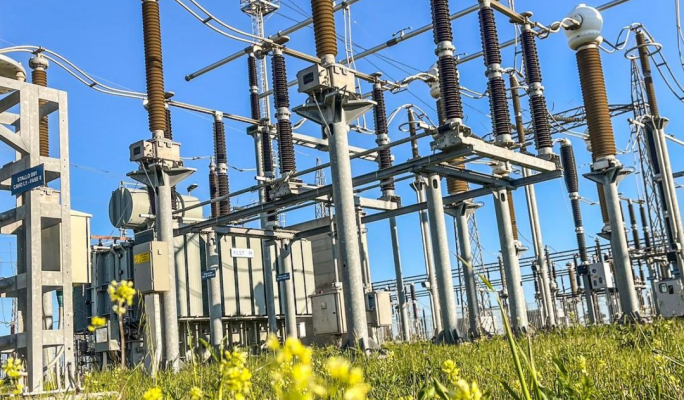Electricity imported from the European grid through the Malta-Sicily interconnector made up 32.4% of Malta’s power supply in 2024, according to figures released by Enemalta.
This represents a sharp increase in reliance on imported electricity, which accounted for 22.9% of supply in 2023 and 23.2% in 2022.
The figures also show that only 8% of imported electricity via the interconnector came from renewable sources—a marginal rise from 7.3% in 2023—while two-thirds (66.5%) was generated from natural gas.
The remainder came from coal (11.9%), nuclear (5%), petroleum products (1.1%) and other sources, including non-specified fuels (7.4%).
The increase in the share of imported electricity from the Malta-Sicily interconnector was driven by a combination of factors, including rising temperatures, growing economic activity, and planned maintenance at the Delimara 4 gas-fired power plant, which reduced local generation capacity.
“With local gas-fired generation constrained by both contractual and technical limits, any excess demand had to be met through alternative sources, notably the interconnector and renewable generation,” an Enemalta spokesperson told MaltaToday. “This pattern has continued into 2025 due to sustained growth in demand.”
The figures refer to Malta’s electricity supply mix, which includes both locally generated and imported power.
In 2024, 60% of Malta’s electricity supply was locally produced in power stations running on natural gas, down from 69.1% in 2023, while renewable energy contributed 7.3% and petroleum products just 0.3%.
The interconnector helps to bridge the gap between local generation and rising consumption, but it remains largely dependent on fossil fuels. In fact, despite public focus on the EU’s clean energy transition, coal still made up nearly 12% of the imported electricity mix in 2024, albeit down from 22.8% in 2023.
Asked whether Enemalta can influence the sources of imported electricity, the company said it cannot. “Malta cannot influence the energy mix supplied via the interconnector,” an Enemalta spokesperson explained. “Renewable energy certificates in Europe are often sold separately from the actual electricity—mostly to large industrial buyers. This system follows EU-wide accounting rules and “doesn’t necessarily reflect the real-time flow of clean energy across borders.”
Malta is in the process of developing a second interconnector to Sicily with production of the cable currently underway in Norway and the US. The second interconnector is a crucial cog in the country’s plans to invest in offshore wind farms since it will enable the export of electricity to stabilise the domestic grid on days when renewables are producing excess energy.
A second interconnector also gives Malta greater security of supply in the eventuality that one of the subsea cables is damaged.
